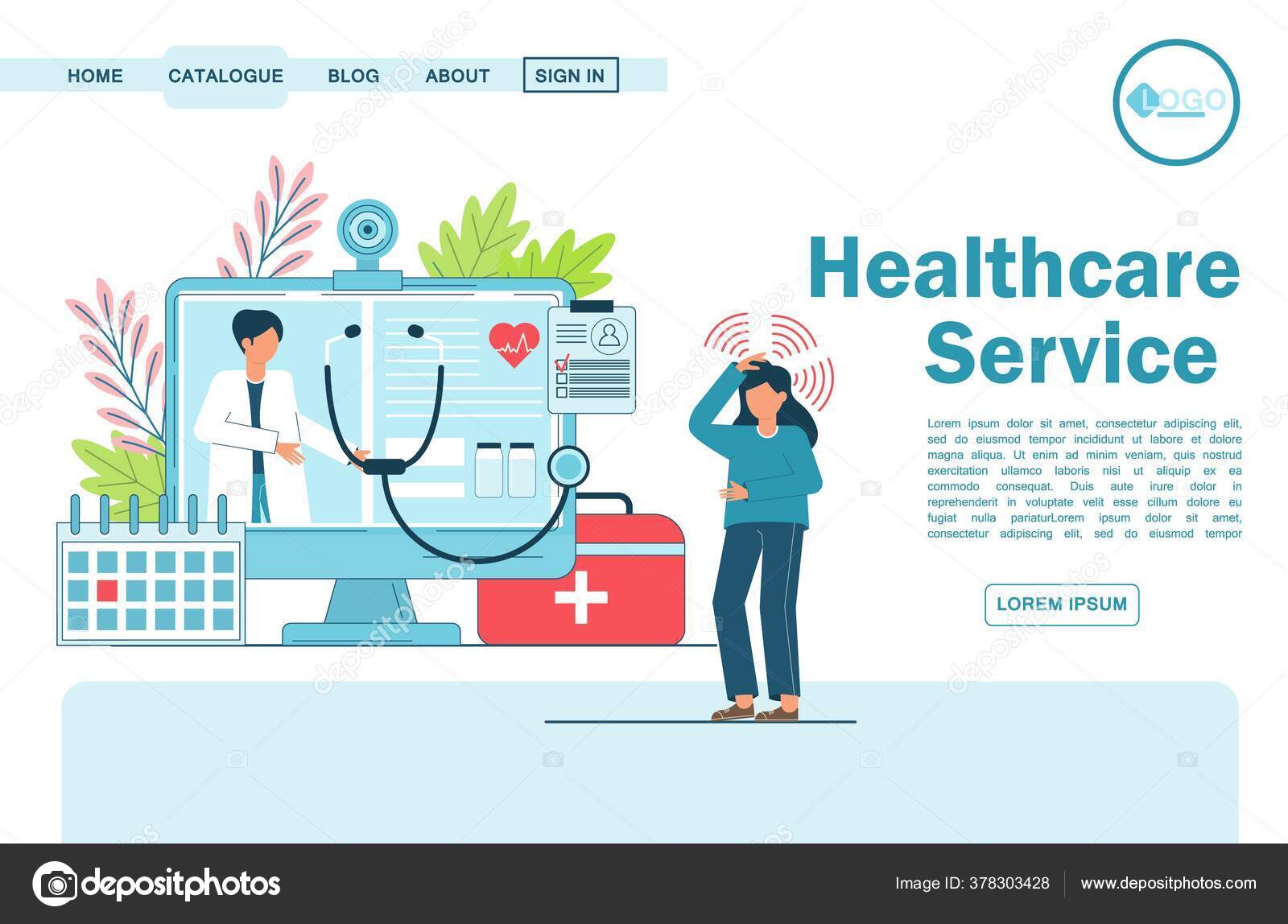Checking out the Growth of Subscription Based Healthcare in the Digital Age
Checking out the Growth of Subscription Based Healthcare in the Digital Age
Blog Article
The Increase of Subscription-Based Healthcare and Its Influence On Person Treatment
As health care evolves, the subscription-based version is gaining grip, assuring to revolutionize patient care by providing predictability and accessibility. The possibility for these versions to improve medical care distribution elevates pressing questions concerning their long-lasting sustainability and inclusivity. Are these subscription solutions the future of medical care, or do they take the chance of leaving vulnerable populaces behind?
Recognizing Membership Medical Care Models
Comprehending the principle of membership health care designs involves analyzing a transformative method to medical services that emphasizes price and access. These models, often referred to as direct primary treatment (DPC) or attendant medication, have actually become cutting-edge alternatives to typical fee-for-service healthcare systems. Membership health care permits patients to pay a set monthly or yearly charge for a defined set of clinical services, which might include limitless office sees, regular check-ups, and basic lab tests, without the requirement for standard insurance billing.
The structure of subscription health care designs is created to simplify individual treatment by eliminating third-party payers and intricate invoicing codes, thereby decreasing management burdens. Doctor can concentrate more on individual care, fostering stronger patient-provider relationships. This version additionally advertises preventative care by encouraging normal gos to, as the monetary barrier of per-visit charges is gotten rid of.
The registration model commonly equips healthcare carriers to manage smaller individual panels, permitting more personalized treatment. It straightens financial motivations with individual health and wellness end results, as companies are inspired to preserve individual satisfaction and wellness. Overall, comprehending membership medical care models needs identifying their possible to reshape exactly how treatment is supplied and accessed.
Advantages for Companies and people

With a consistent earnings stream, medical care professionals can devote even more time to each person, leading to an extra personalized and thorough treatment experience. The focus on preventative treatment within membership strategies can lead to far better patient results and lowered lasting healthcare costs.
Problems and challenges
While subscription-based health care versions present various advantages, they likewise feature a set of difficulties and worries that should be dealt with. Initially, availability remains a substantial concern, as these designs typically target individuals that can manage month-to-month costs, potentially excluding low-income populaces. This elevates ethical concerns about equitable access to healthcare services. Additionally, the diverse nature of membership plans can cause complication amongst patients regarding protection specifics, possibly resulting in unmet expectations or insufficient treatment.
Financial sustainability of subscription-based designs is an additional worry. Providers should stabilize the set earnings from memberships with the variable costs of health care solutions, which may change due to unforeseen clinical demands. This can create pressure to limit services or boost costs, possibly influencing patient contentment and care quality.
Furthermore, regulative oversight of subscription-based health care designs is still advancing. Resolving these difficulties is important for the fair and successful application of subscription-based health care.
Influence On Patient-Doctor Relationships
One significant influence of subscription-based health care models on patient-doctor partnerships is the possibility for enhanced continuity and individualized treatment. By adopting a subscription model, physicians can take care of a smaller client panel, enabling for even more dedicated time with each person. This raised accessibility cultivates a deeper understanding of a person's clinical background, way of life, and choices, enabling more tailored treatment plans and interventions.

However, it is necessary to recognize that while subscription-based models might profit those who can afford them, they might accidentally broaden health care variations. Patients that are incapable to join these designs could experience decreased access to personalized treatment, possibly impacting their partnerships with doctor. Hence, while the why not check here membership model offers promising benefits for patient-doctor partnerships, it also presents difficulties that require to be resolved to guarantee fair healthcare access.
Future of Healthcare Gain Access To

The role of innovation can not be forgotten in this makeover. Telemedicine platforms and digital health records promote seamless communication in between people and healthcare providers, damaging down logistical and geographical obstacles. Additionally, developments in fabricated intelligence and information analytics can further personalize medical care by forecasting individual demands and enhancing treatment strategies.
Nevertheless, the future of medical care access likewise presents obstacles, such as ensuring equity across different socio-economic teams. Policymakers and doctor must team up to he has a good point connect the digital divide, guaranteeing that subscription-based designs remain budget-friendly and inclusive. As these systems develop, they hold the pledge of making medical care a lot more obtainable, reliable, and patient-centric.
Conclusion
Subscription-based medical care models are reshaping client treatment by offering a secure expense framework and enhancing access. The increase of subscription-based medical care motivates aggressive person engagement, which has the potential to improve patient end results and fulfillment, signifying a transformative change in health care distribution.
As healthcare advances, the subscription-based model is acquiring traction, guaranteeing to reinvent person treatment by offering predictability and ease of informative post access.Subscription-based health care designs supply distinct advantages for both companies and people, boosting the total medical care experience.As medical care systems progress, the future of health care accessibility frequently hinges on the assimilation of cutting-edge designs and modern technologies.Subscription-based medical care designs are reshaping individual care by providing a steady price structure and boosting accessibility. The increase of subscription-based medical care urges positive client involvement, which has the prospective to improve individual results and fulfillment, signaling a transformative shift in health care delivery.
Report this page